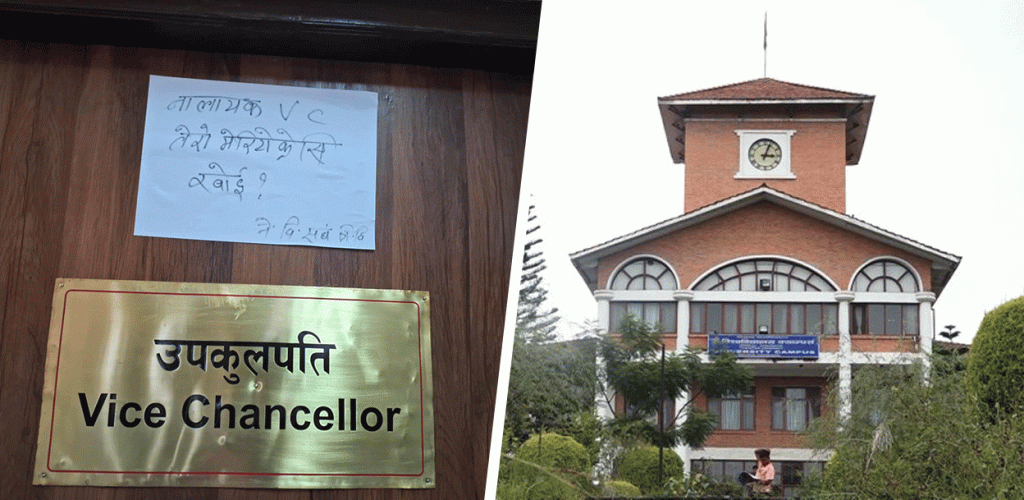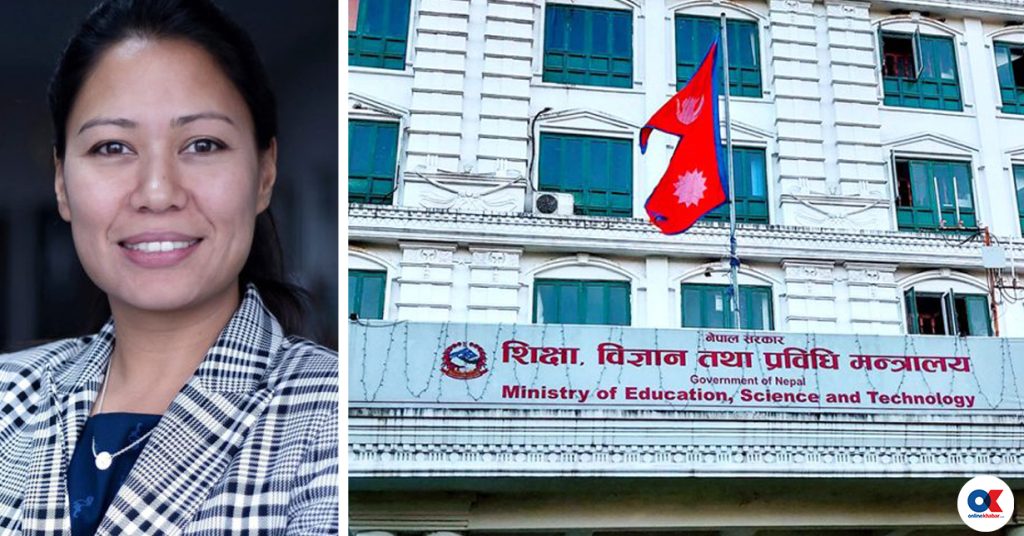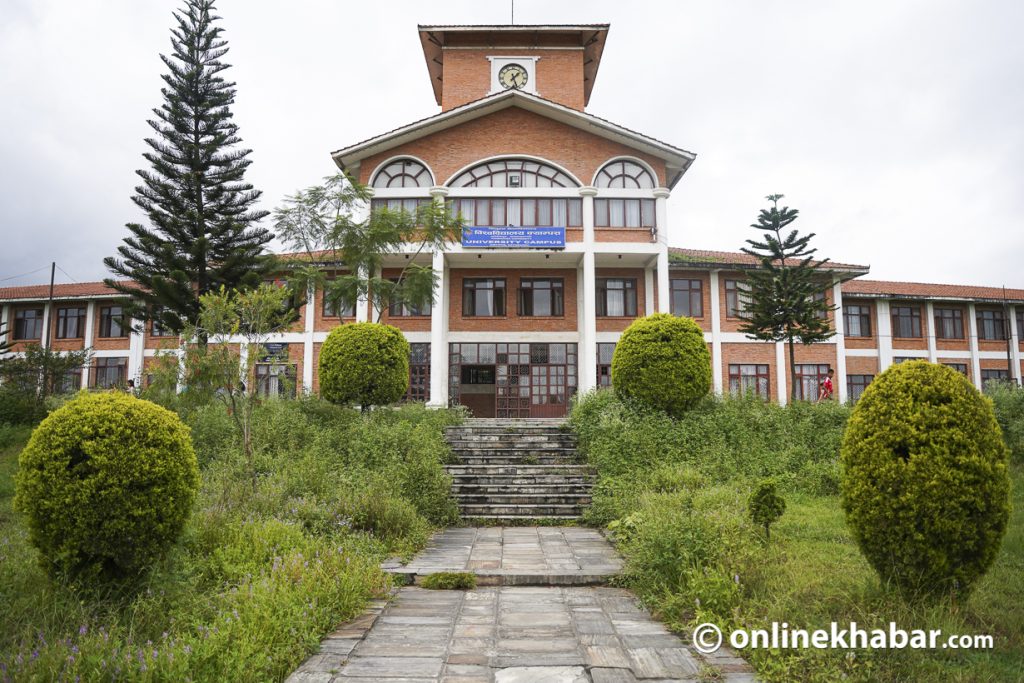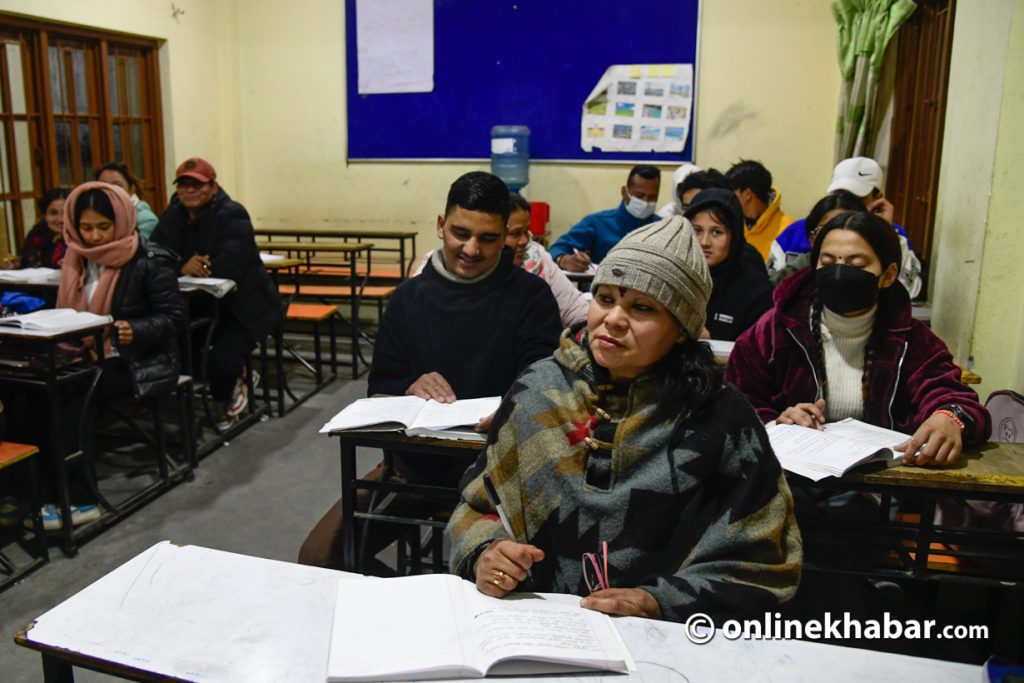
Education is the cornerstone of any nation’s development, and in Nepal, where many remote areas struggle with access to quality education, this priority becomes even more critical. A worrying trend has emerged in recent years: children from rural areas are migrating to cities, even for basic education.
While migration to urban centres may offer a better educational environment, it also reflects the dire need for improvements in the rural education system. For a nation to develop quickly and sustainably, the government must prioritize the upliftment of government schools in remote areas, where the potential for growth remains untapped.
The challenges
One of the most pressing challenges is the lack of proper teacher training in rural schools. Teachers are the backbone of any education system, but many teachers in these areas are neither well-trained nor equipped to deal with modern teaching methods.
A significant number of teachers in rural schools lack training in both pedagogy and the psychology of students. As a result, the quality of education suffers, leaving students ill-prepared for the challenges of the modern world. Furthermore, many qualified teachers, disheartened by low wages and inadequate facilities, are migrating to cities, where better opportunities await.
The salaries offered to teachers in rural schools are often not competitive, leading to an exodus of skilled educators. This issue is compounded by the lack of infrastructure in remote schools. Basic facilities such as adequate classrooms, libraries, science labs, and even toilets are in short supply. This makes it difficult for both students and teachers to thrive. Without modern infrastructure, it is nearly impossible to implement advanced teaching methods that can bring out the best in students.
Another significant issue lies with the management of schools. In many cases, school management committees are led by politicians rather than well-educated administrators or experienced educators. While political involvement is crucial for decision-making, it is equally important that those managing schools have a deep understanding of educational needs and administrative practices. The lack of expertise in school management often leads to inefficient use of resources and poor decision-making that further hampers the quality of education.
Investment in education
To address these challenges and unlock the potential of Nepal’s remote areas, the government must make education its top priority. It is essential that local municipalities increase their education budgets, dedicating a larger portion of their resources to schools in remote areas. The education budget should surpass all other sectors, as investing in education is investing in the future of the nation.
Moreover, teacher training must be prioritized. Teachers must receive not only subject-specific training but also education in student psychology, teaching methodologies, and modern pedagogical techniques. With well-trained teachers, students will benefit from a more engaging, meaningful, and holistic learning experience.
In addition to teacher development, modern infrastructure must be provided to all schools, especially those in remote areas. Schools should be equipped with the latest technology, including computers, projectors, and interactive learning tools. This will enhance the learning experience and allow students to compete on equal footing with those in more urbanized areas.
Educational reforms in Nepal should also focus on adopting advanced teaching methods that are more interactive and student-centred. Traditional rote learning methods have limited effectiveness in today’s world. By embracing innovative teaching techniques such as project-based learning, group work, and the use of digital resources, students in remote areas can gain skills that will prepare them for future challenges.
The development of Nepal depends largely on the development of its people, and education plays a pivotal role in this process. The government must recognize that improving education in remote areas is not just a matter of social justice, but also a necessary step for the country’s economic and social progress. By investing in the training of teachers, improving infrastructure, and adopting modern teaching methods, Nepal can ensure that its children, no matter where they live, receive the education they deserve.
In conclusion, the future of Nepal’s development lies in the hands of its children, and their future depends on the education they receive today. The government must act swiftly and decisively to make quality education accessible to every child, especially in the remote corners of the country. Only then can Nepal hope to achieve faster and more sustainable development.
























